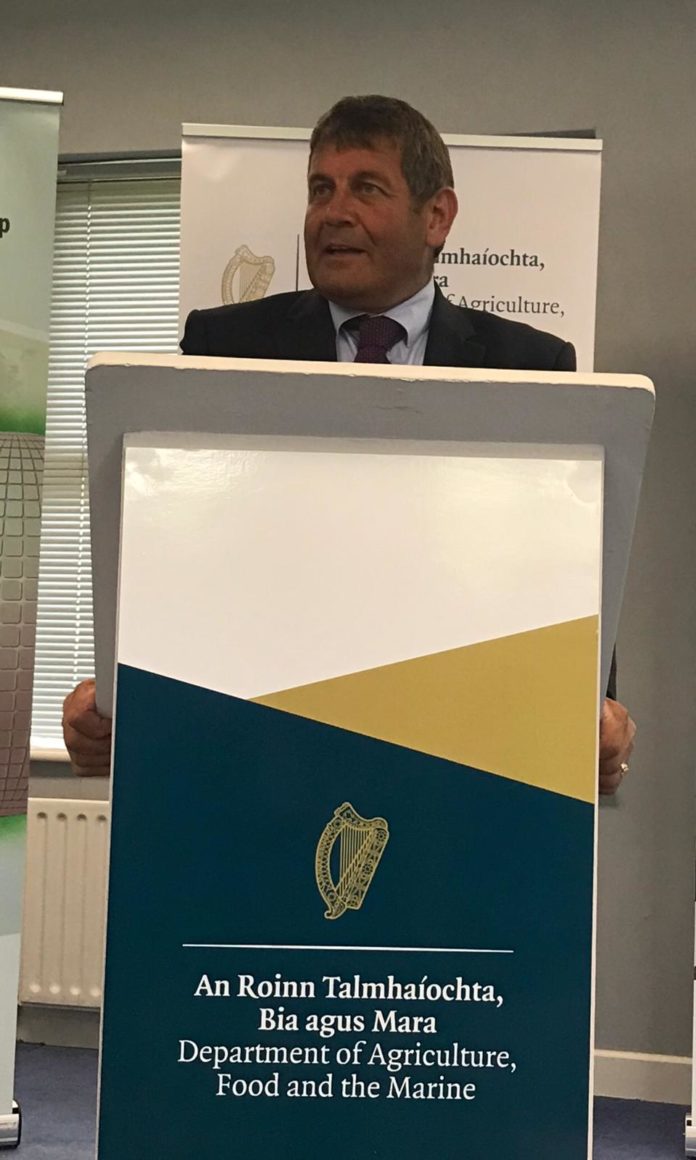Minister of State at the Department of Agriculture, Food and the Marine, Andrew Doyle T.D., today opened an exhibition in the Department’s offices in Johnstown Castle in Wexford to showcase the 23 EIP/locally-led Agri-environment schemes funded by his Department. The exhibition is visiting DAFM locations around Ireland having started in Agriculture House in Dublin. In total, DAFM Ireland is investing €59 million in these schemes over the lifetime of the RDP.
The Minister commented “The wide variety of projects funded by my Department under this EIP initiative is an investment in the passion of Ireland’s agri sector and their efforts to enhance the environment. One of the important aspects of the whole EIP initiative is its place in the local community. By having locally-designed and led schemes it enables greater flexibility in responding to the particular environmental challenges in different areas.”
Today’s event also had a special focus on the locally-led schemes from the South-East region. Representatives attended from the Blackstairs Farming Futures EIP which aims to deliver innovative eco-system services within the Blackstairs Mountains of Counties Carlow and Wexford. The National Biodiversity Data Centre explained how they will put measures in place to protect farmland pollinators. The SUAS project in the Dublin and Wicklow mountains aims to address the complex challenges associated with the management of commonages and farms in the uplands, and the Duncannon Blue Flag Farming and Communities Scheme aims to contribute to the recovery and long term retention of the Blue Flag status at Duncannon Beach in Wexford.
The Minister added “these projects have particular relevance as next week we mark National Biodiversity week. The 23 projects we are funding are some of the most innovative projects which will deliver real biodiversity enhancements right around the country”.
The exhibition highlights the varied works undertaken by the EIP Project groups including biodiversity, organic production, pollinators, water quality, flood management, soils, farming in an archaeological landscape and targeting unutilised agricultural biomass.
Following its display in Wexford, it will be moving to other DAFM public offices around the country.




